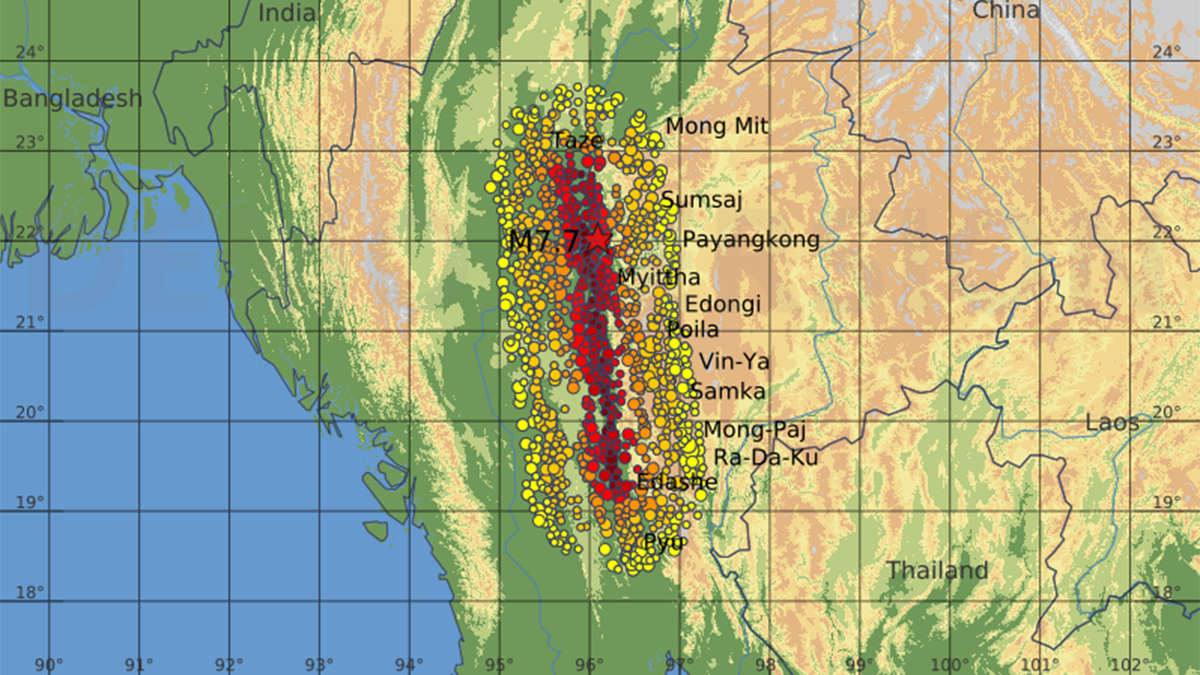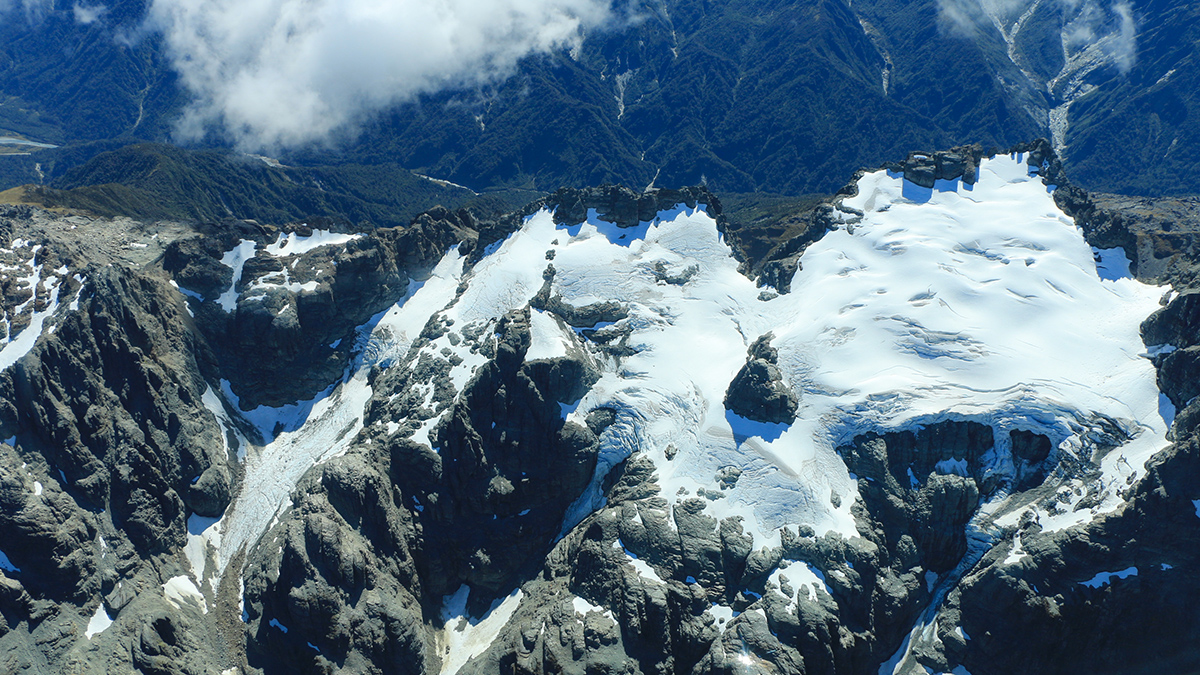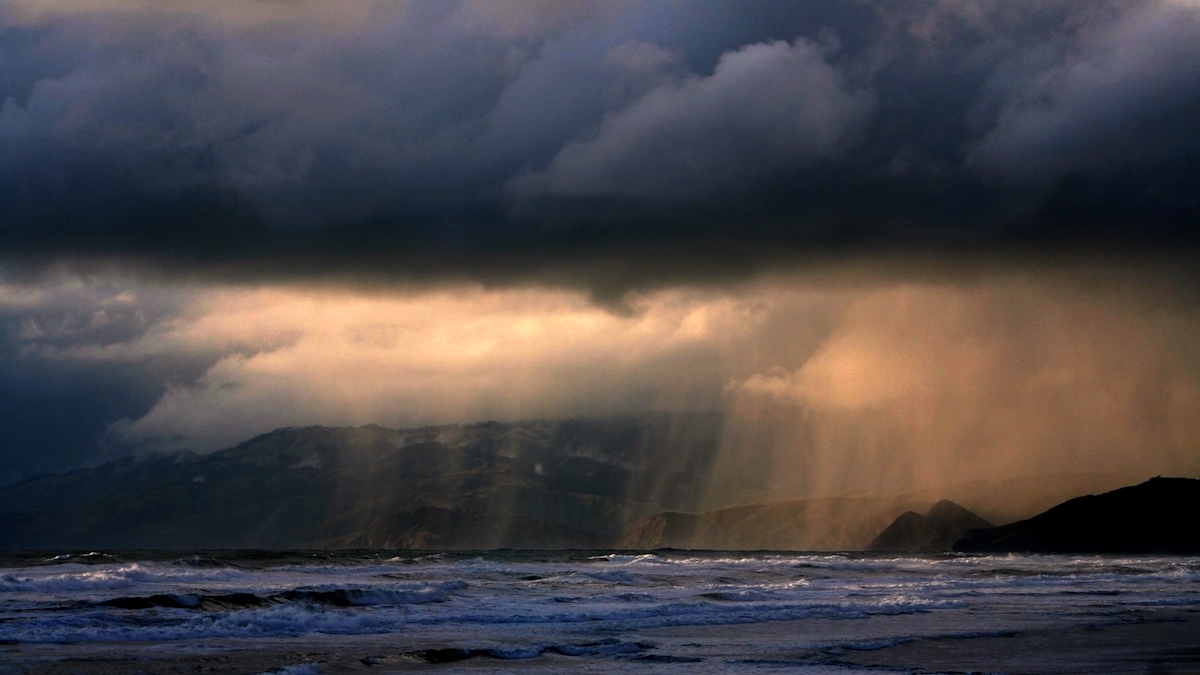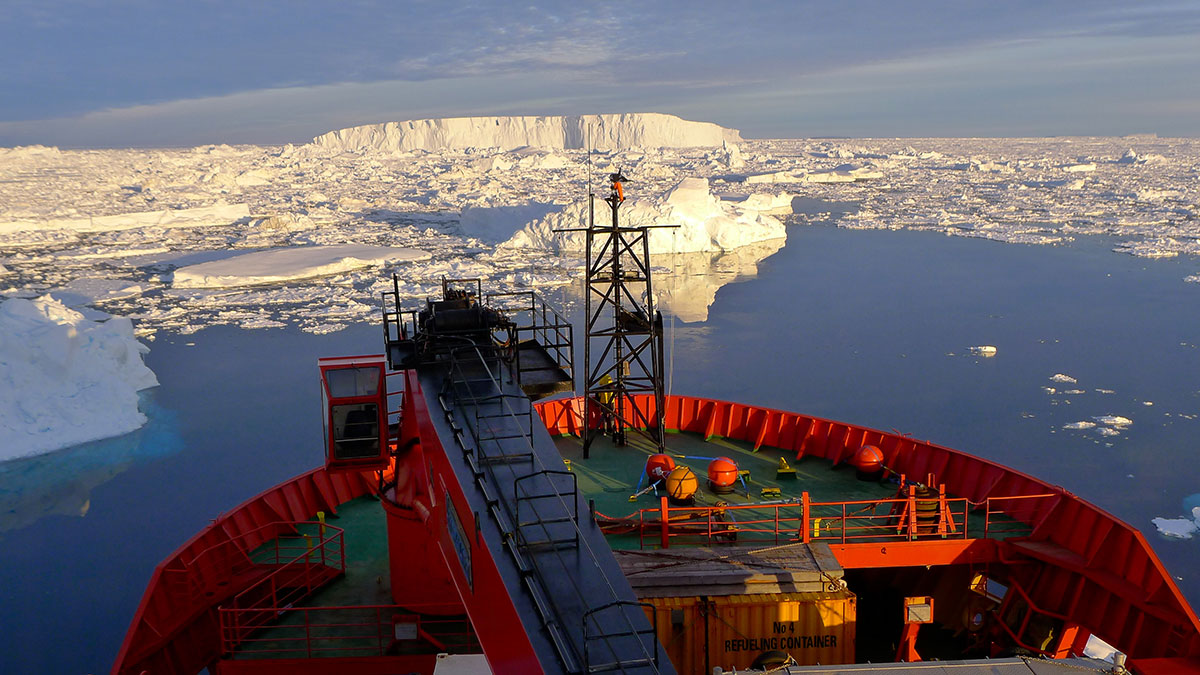A chance video captured a fault rupture during March’s devastating Myanmar earthquake, delivering real-time evidence of how major seismic tremors propagate.
Veronika Meduna
First Global Comparison of Glacier Mass Change: They’re All Melting, and Fast
By systematically assessing data gathered by different methods, researchers refined estimates of global glacier melt and its contribution to sea level rise.
Rainfall Makes the Ocean a Greater Carbon Sink
Rain has so far been ignored in calculations of the ocean’s capacity to take up carbon, but a new estimate shows it enhances the ocean sink by 5%–7%.
Mapping the Ocean’s Motion Energy
The ocean is a central component of Earth’s climate system. But it is in perpetual motion, and understanding the transfer of kinetic energy is key to better ocean models.
Arctic Ice Loss Could Shorten Winter Feeding Time for Zooplankton
The Arctic’s thinning sea ice allows more light to penetrate deeper into the ocean, holding zooplankton far beneath the surface.
Meltwater from Antarctic Glaciers Is Slowing Deep-Ocean Currents
Antarctic ice drives crucial deep-ocean currents that help regulate Earth’s climate. But the system is slowing down.






